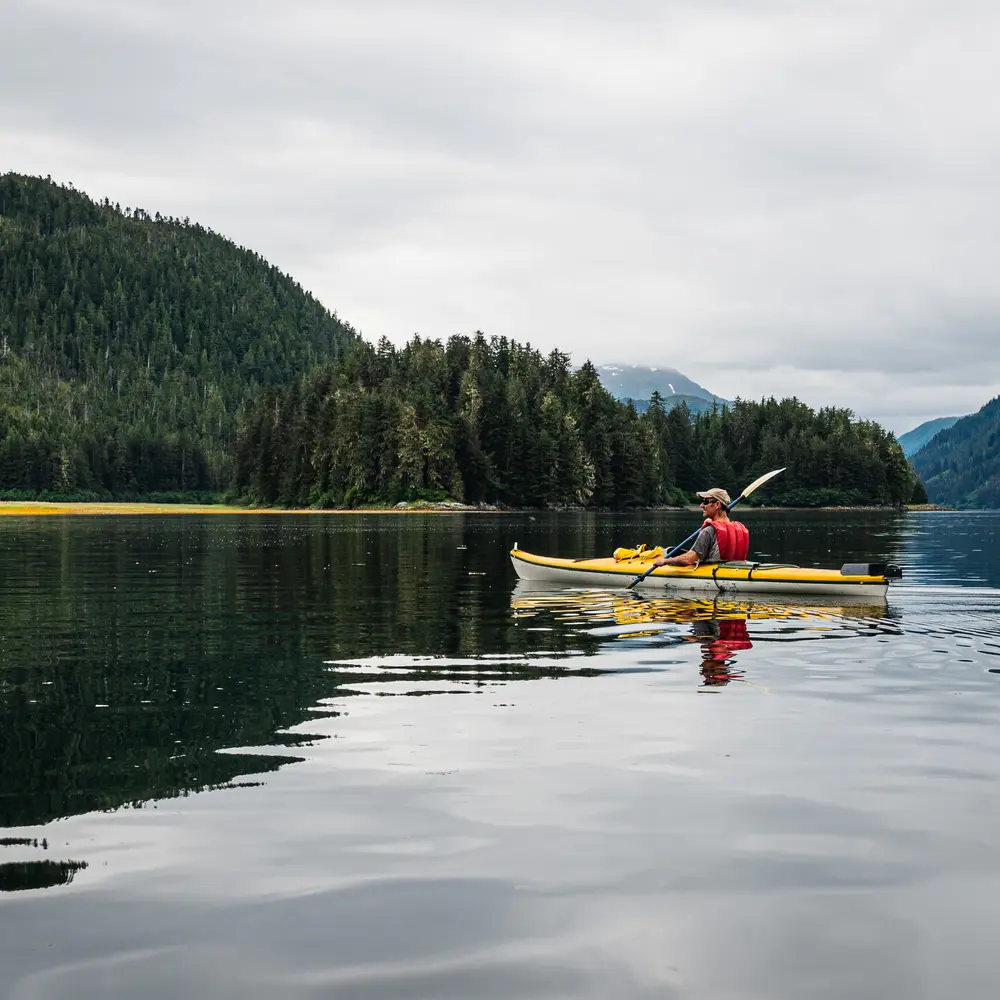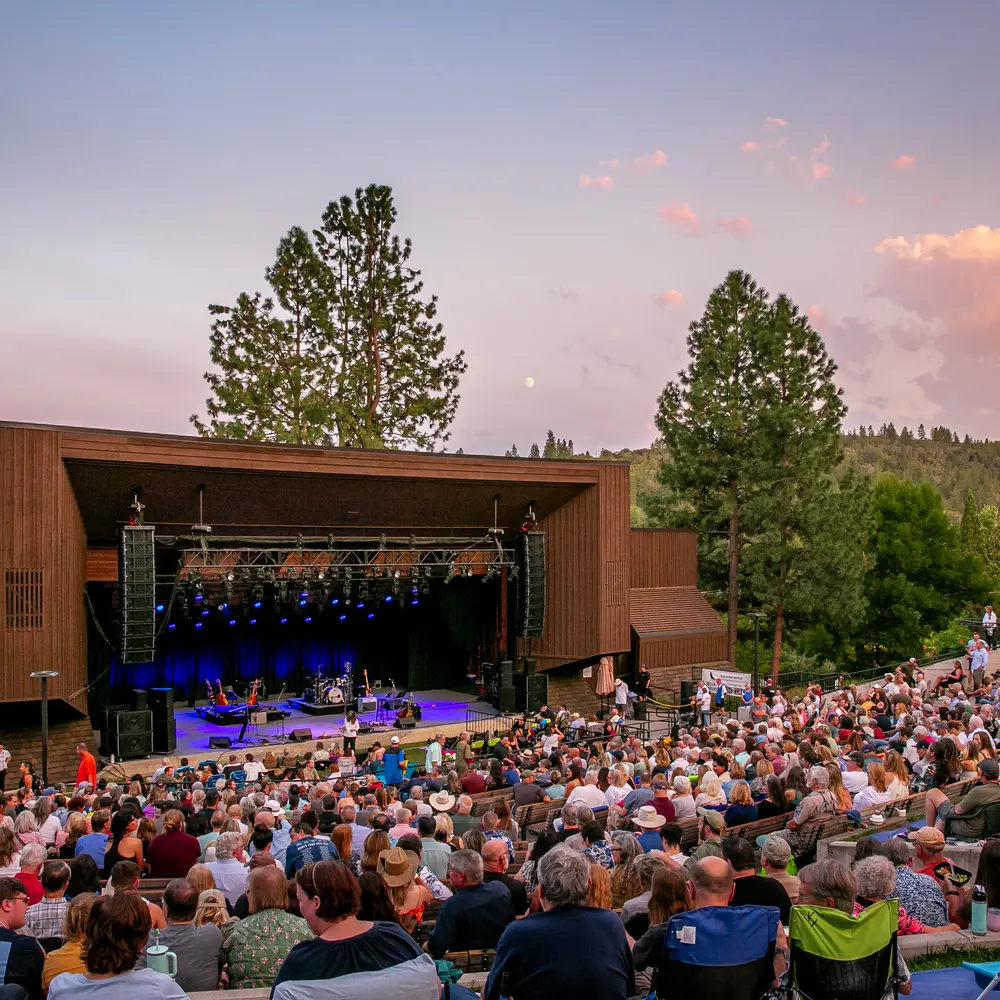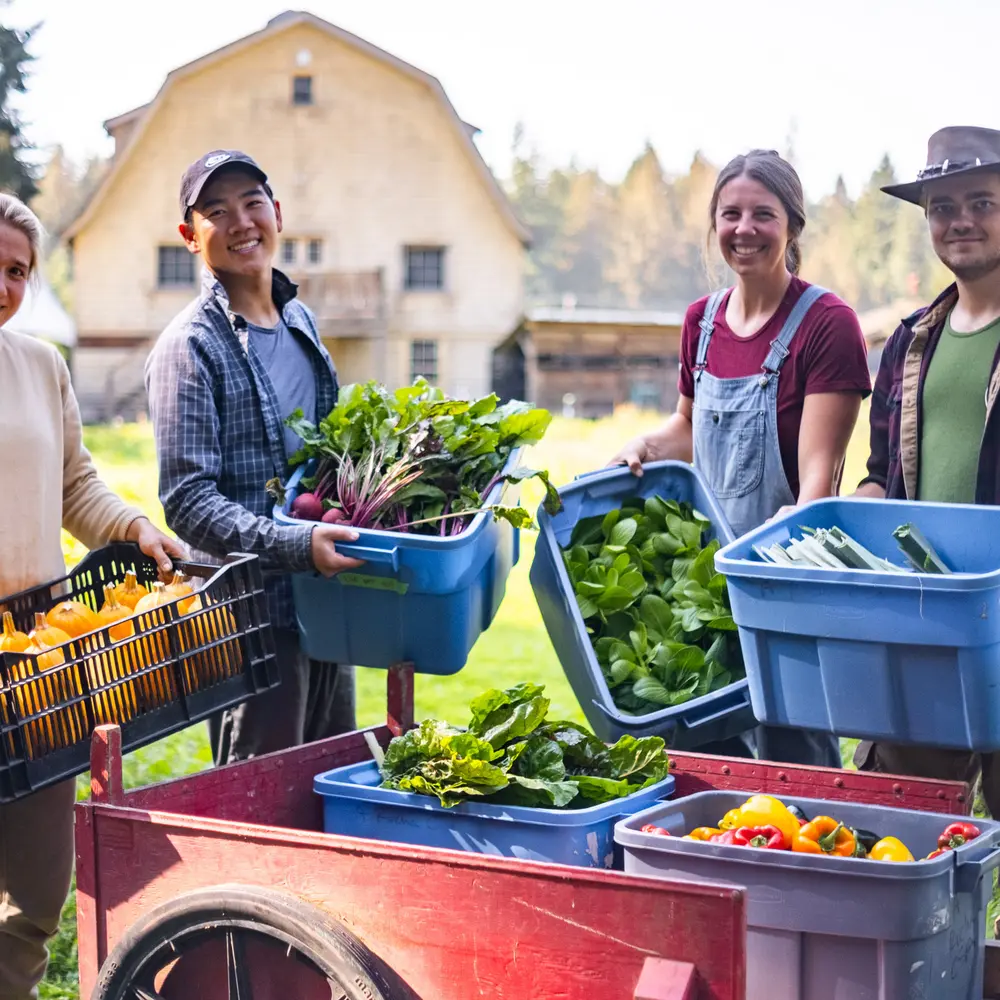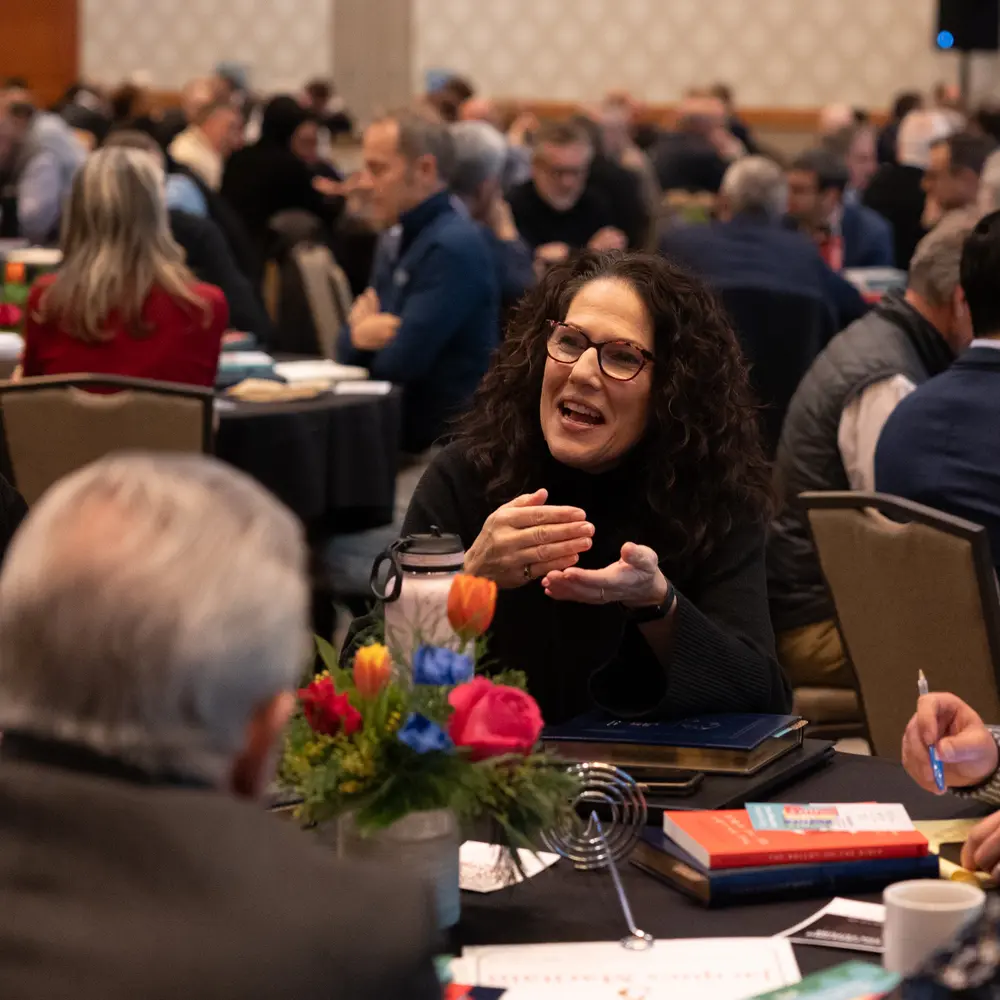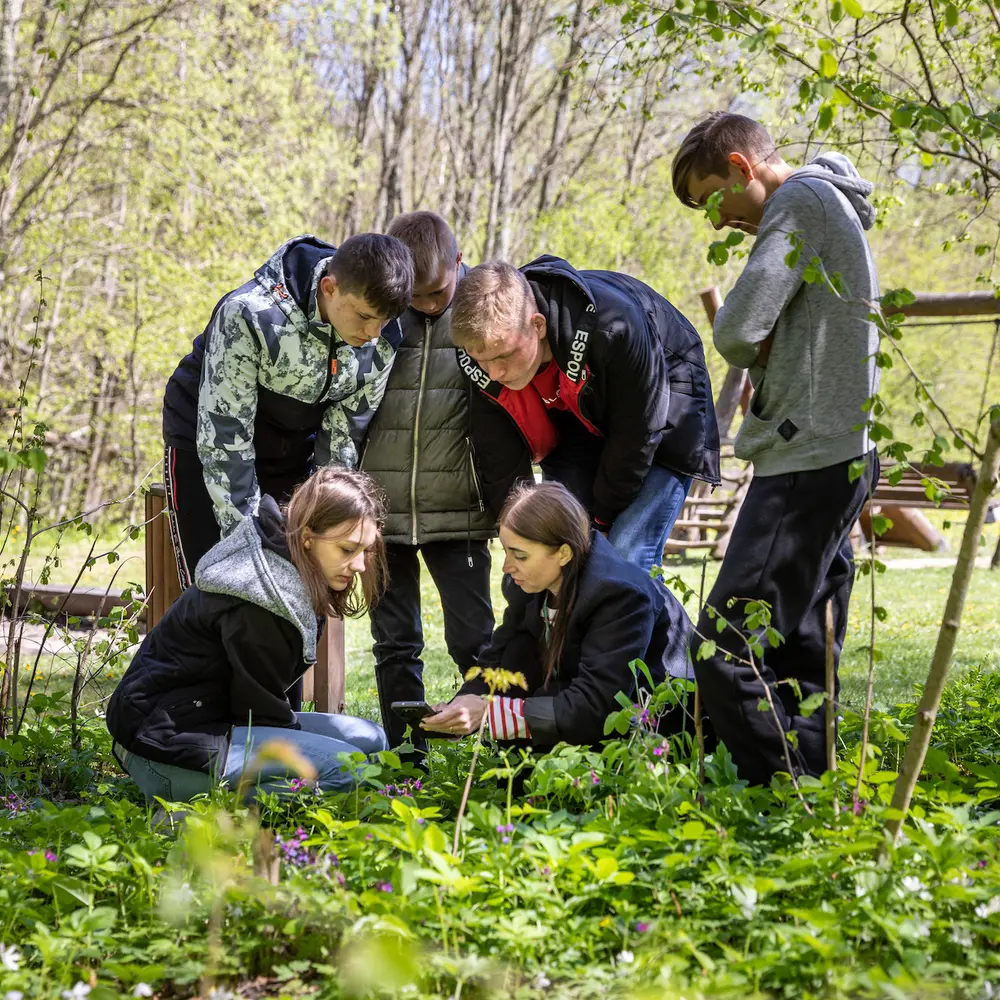For the last two years, a group of girls 4th through 8th grade from rural Montana have climbed the steps of Congress to participate in the Congressional App Challenge after winning first place in their district. How did these young girls from rural communities, where computer science education is largely absent from schools, end up here, in a room at least 90% filled with boys primarily from urban backgrounds?

The answer to that is the story of Code Girls United.
Code Girls United
In 2016, the nonprofit that would become Code Girls United began as three women in technology teaching 28 girls how to code in the basement of Sykes Diner in Kalispell, MT. Having spent years in the male-dominated tech industry themselves, these women knew the statistics. Women in STEM earn on average $15,000 less per year than men in the industry. Only 38% of women in computer science degrees go on to work in the field, and fewer than 1% of computer science jobs are held by women with Native American backgrounds. These numbers have only gotten worse; in 1984, 37% of computer science majors were women. Today, just 18% are, despite the increasing demand for jobs in technology. In rural areas where educational opportunities can be limited, these numbers are even lower.
Studies show that we can reverse these trends by engaging girls in the 11 to 14-year-old range. In fact, nearly 70% growth in the computing pipeline would come from changing the path of young girls so they can imagine themselves in and be equipped to enter STEM fields. However, computer science is not a requirement in K-12 education, and few girls elect to take it.
Marianne Smith, executive director and co-founder, says that part of the problem has been the way coding has been marketed to girls. “Coding isn’t about just making the next ,” says Marianne. “It’s teaching girls how to use technology to solve the problems they care about.”

Code Girls United teaches girls code in free after-school programs through creating apps that address societal challenges. For the first half of the year, students are taught the basics of coding. In the second half, they work in teams to identify a community need, create a business framework that addresses it, and develop an app as a solution.
Last year, the project that brought the girls to Washington, D.C. was an app that helped identify, report, and advocate for missing indigenous women. This year, the app that won in their district helped track contaminated groundwater. Another app sought to fight loneliness and fear by connecting new students with friend groups in schools.
“Girls care about the world. They want to make the world a better place. [Teaching coding in this context] makes technology more comfortable for them,” says Marianne.
Setting Up Sustainably
Code Girls United was volunteer-led at first, but as desire and demand for their programs grew, they knew their business model would have to adapt. They applied for and were awarded a grant from the Murdock Trust to hire Marianne as executive director in 2021. This was one of the first investments that enabled the nonprofit to start its steady and sustainable growth into what is now six full-time employees, two part-time employees, and four interns administering 38 programs across Montana.
“Being able to establish an executive director role and create that sustainability and longevity – had that not happened, I don’t think anything that happened in the last couple years would have been possible,” says Melissa Dunning, fund development director. “Establishing that capacity for growth is game-changing for our organization, which therefore is game-changing for the girls we can serve.”

Under Marianne’s leadership, Code Girls United has been able to expand strategically while remaining mission-focused. They have established partnerships with United Way in Bozeman and Billings and hired staff with Native backgrounds to more effectively engage tribal communities. Students from their programs are not only competing in Washington, D.C., but are going on to work as Code Girls United interns and even teach in engineering departments at Montana State University.
At the end of the day, says Marianne, it is not just teaching girls coding. It is giving them space to develop their self-confidence, business skills, public speaking, collaboration, and communication. One recent student began the year shy and fearful of speaking to the group, but by the end of the year could present to a panel of professional judges with poise and confidence. Whether or not these students go into computer science careers, they are developing soft skills that will serve them for a lifetime.
Thank you, Code Girls United, for teaching young girls not only the language of coding and the tone of self-confidence, but for changing the narrative of women in STEM. You are supporting a generation of women using technology for the common good of all, and we are grateful to partner with you in it.

